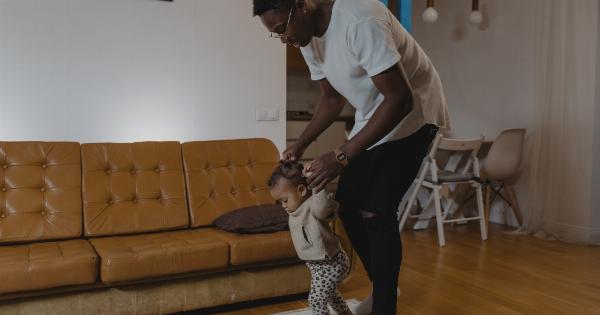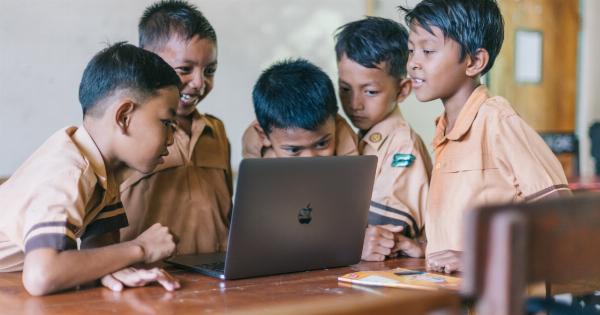As a parent, one of the most challenging things you may have to deal with is ensuring your child is getting the best possible education. However, some children may experience learning difficulties that can hamper their progress in school.
Early recognition and intervention is vital if these children are to get the help they need to succeed in learning and life beyond the classroom. In this article, we will discuss how to recognize learning disabilities in children.
What is a Learning Disability?
A learning disability is a condition that affects how individuals acquire, process and remember information.
Children with learning disabilities may have difficulty in one or more areas of learning such as reading, writing, spelling, mathematics, understanding or using spoken language, attention or memory.
Common Types of Learning Disabilities
The following are some of the most common types of learning disabilities:.
Dyslexia
Dyslexia is a condition that affects a child’s ability to read accurately and fluently. Children with dyslexia may have difficulty recognizing the sounds of letters and words, difficulty spelling, and even trouble with pronunciation.
Dyscalculia
Dyscalculia is a condition that affects a child’s ability to understand and manipulate numbers. Children with dyscalculia may have difficulty with math concepts like addition, subtraction, multiplication, and division.
Dysgraphia
Dysgraphia is a condition that affects a child’s ability to express themselves through writing. Children with dysgraphia may have difficulty with spelling, handwriting and expressing their thoughts in writing.
Attention-deficit/hyperactivity disorder (ADHD)
ADHD is a disorder that affects a child’s ability to pay attention and control their impulses. Children with ADHD may be easily distracted, have difficulty focusing on tasks, and may be impulsive and restless.
Signs of Learning Disabilities in Children
The following are some of the signs that your child may have a learning disability:.
Difficulty with language skills
Children with learning disabilities may have difficulty with language skills including speaking, listening, reading, and writing. They may struggle to express themselves and understand what others are saying.
Trouble with math and numbers
Children with learning disabilities may have difficulty understanding math concepts and may struggle with basic arithmetic calculations like addition, subtraction, multiplication, and division.
Difficulty with reading and writing
Children with learning disabilities may have difficulty with reading. They may struggle with letter recognition, phonics, and decoding words. They may also have difficulty with writing, including spelling, grammar, and sentence structure.
Difficulty with memory and attention
Children with learning disabilities may have difficulty with memory and attention. They may find it hard to remember instructions, follow directions or retain information.
They may also be easily distracted, find it hard to focus in class, or have difficulty sitting still for long periods.
Difficulty with organization and time management
Children with learning disabilities may have difficulty with organization and time management. They may struggle to plan and prioritize tasks, manage their time effectively, and keep track of deadlines and assignments.
Steps to Take if You Think Your Child May have a Learning Disability
If you suspect your child has a learning disability, the following are some steps you can take:.
Speak with Your Child’s Teacher or School Counselor
Teachers and school counselors are often the first to recognize the signs of a learning disability in children. They may also be able to recommend assessments or interventions to help your child. Reach out and ask for their input.
Get Your Child Assessed for a Learning Difficulty
If your child’s teacher or school counselor suggests that your child may have a learning disability, make an appointment with a qualified professional for assessment.
This assessment can help identify the specific type of learning difficulty your child has and how best to support them.
Work with Your Child’s School to Develop a Plan
Once your child has been diagnosed with a learning disability, work with your child’s school to develop a plan to support them. This may include accommodations like extra time on tests, access to assistive technology, or specialized instruction.
Find Additional Support for Your Child
Finally, consider finding additional support and resources for your child. This may include tutoring, therapy, parent support groups, or advocacy services.
Conclusion
Learning disabilities can have a significant impact on a child’s education and future success in life. Early recognition and intervention are essential if children are to receive the help they need.
If you suspect your child may have a learning disability, don’t wait to intervene and seek professional advice.



























